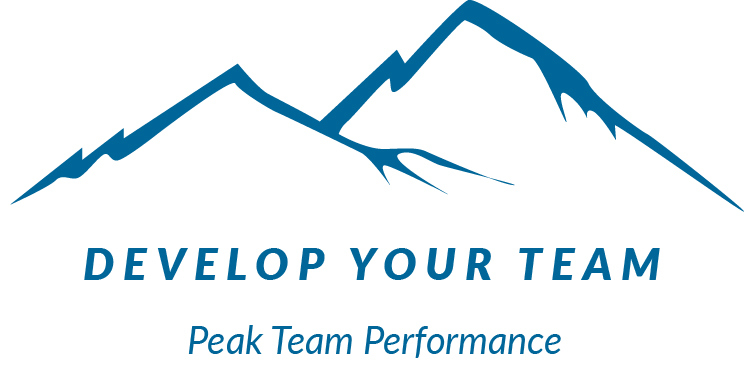A couple of weeks ago I attended a meeting for new members at my local Chamber of Commerce. One thing typically done at this meeting is an introduction of the Chamber’s staff. This is important because of the role the staff plays to ensure that members have access to all the resources offered by the Chamber. It’s an important part of a meeting jam-packed with valuable information for new members. I bet you’ve experienced something similar before. It can be difficult to keep your head from spinning!
But here’s what was different about this meeting – the meeting-planner recognized that without context the staff introductions would have little meaning to the new members. So instead of a random introduction, the staff members were presented to us in the way a new or potential member would encounter them. For example: “Hello, I’m Scott. I’m the first person you talk to when you call us or come into our building.” “Hello, I’m Kathleen. Scott would transfer you to me to talk about becoming a member of the Chamber.” And so on. As the staff members were introduced in this way, I could see nods of recognition from meeting attendees, as they remembered their initial experiences interacting with these people. It was a brilliant strategy.

Experience and learning. They are inextricably linked. Providing context helps us make sense of new information. Incorporating the learner’s prior experience with purpose and intention always makes learning more impactful.

What does learning look like in your organization? When things change in your organization and your team members need to learn something new – how do you approach it? Are they flooded with information in one unrelenting torrent? Are they learning in a vacuum, or is the material framed in a way that provides context? How much detail are learners given, and when? What mechanisms are built into the training to allow team members to apply what they are learning? How is the new information connected to things they already know? How involved are team members in their own learning? Do they set learning goals for themselves or self-evaluate progress? Is time allowed for reflection and processing? Are different learning styles or preferences taken into consideration in the development of training materials and delivery planning?

It’s a lot to think about. And yet, when you find a solution that offers context and mirrors the learner’s experience, it feels right, and you know you are off to a great start!
How have you used experience to make learning meaningful?

Leave a Reply